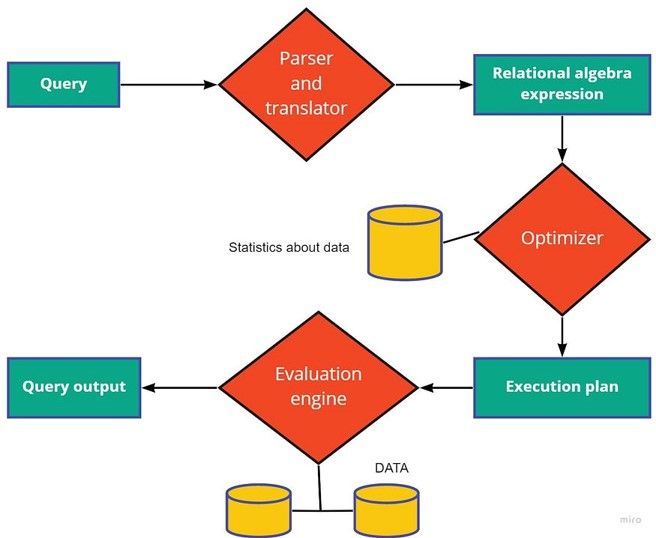
Tips for Writing Clean SQL Code

Tips for Speeding Up SQL Queries
- Use Indexes:
•Ensure that the columns used in WHERE clauses and JOIN conditions are indexed. Indexing can significantly speed up data retrieval.
2. Limit the Number of Rows Returned:
•Use the LIMIT clause to restrict the number of rows returned, especially when dealing with large datasets. This can improve query performance.
3. Avoid SELECT:
Instead of selecting all columns (SELECT *), explicitly specify only the columns you need. This reduces the amount of data transferred and can improve query speed.
4. Optimize JOIN Operations:
Use INNER JOIN, LEFT JOIN, or RIGHT JOIN as appropriate. Ensure that the JOIN conditions are efficient, and only select the columns needed for the query.
5. Minimize Subqueries:
Subqueries can be resource intensive. Where possible, try to use JOIN operations or other alternatives to achieve the same result without relying heavily on subqueries.
6. Be Mindful of ORDER BY:
Sorting results using ORDER BY can be resource-intensive, especially on large datasets. If possible, limit the use of ORDER BY or use it strategically.
7. Use EXISTS Instead of DISTINCT:
When checking for the existence of records, consider using EXISTS instead of DISTINCT. EXISTS can be more efficient in certain scenarios.
8. Optimize WHERE Clause:
Ensure that your WHERE clauses are sargable (can take advantage of indexes). Avoid using functions on indexed columns as it can prevent index usage.
9. Update Statistics:
Regularly update statistics on tables to help the query optimizer make better decisions about execution plans.
10. Consider Partitioning:
If you're dealing with large tables, consider partitioning them. Partitioning can help improve query performance, especially for certain types of queries.
Tips for Writing Clean SQL Code
- Use Formatting Consistently:
Maintain consistent formatting throughout your SQL code. This includes indentation, capitalization, and line breaks. Consistent formatting enhances readability.
2. Use Descriptive Names:
Use meaningful names for tables, columns, and aliases. This improves code readability and makes it easier for others to understand your code.
3. Comment Your Code:
Add comments to explain complex queries or logic. Comments are invaluable for anyone who needs to understand or modify your code in the future.
4.Avoid Using Deprecated Features:
Stay up to date with the SQL version you are using and avoid using deprecated features. This ensures your code remains compatible with newer versions.
5. Use Proper Indentation:
Indent SQL statements to reflect the logical structure of the code. This makes it easier to follow the flow of the query.
6. Break Down Complex Queries:
Break down complex queries into smaller, more manageable parts. This not only improves readability but also makes it easier to troubleshoot and optimize.
7. Use Transactions Appropriately:
Wrap related SQL statements in transactions to ensure data consistency and integrity.
8. Be Careful with NULLs:
Understand how NULL values are treated in your database and be explicit in your code about how you want them handled.
9. Avoid Using Cursors When Possible:
Cursors can be inefficient. Try to use set-based operations instead of row-by-row processing.
10. Regularly Review and Refactor:
Periodically review your SQL code for performance and readability. Refactor as needed to improve efficiency and maintainability.